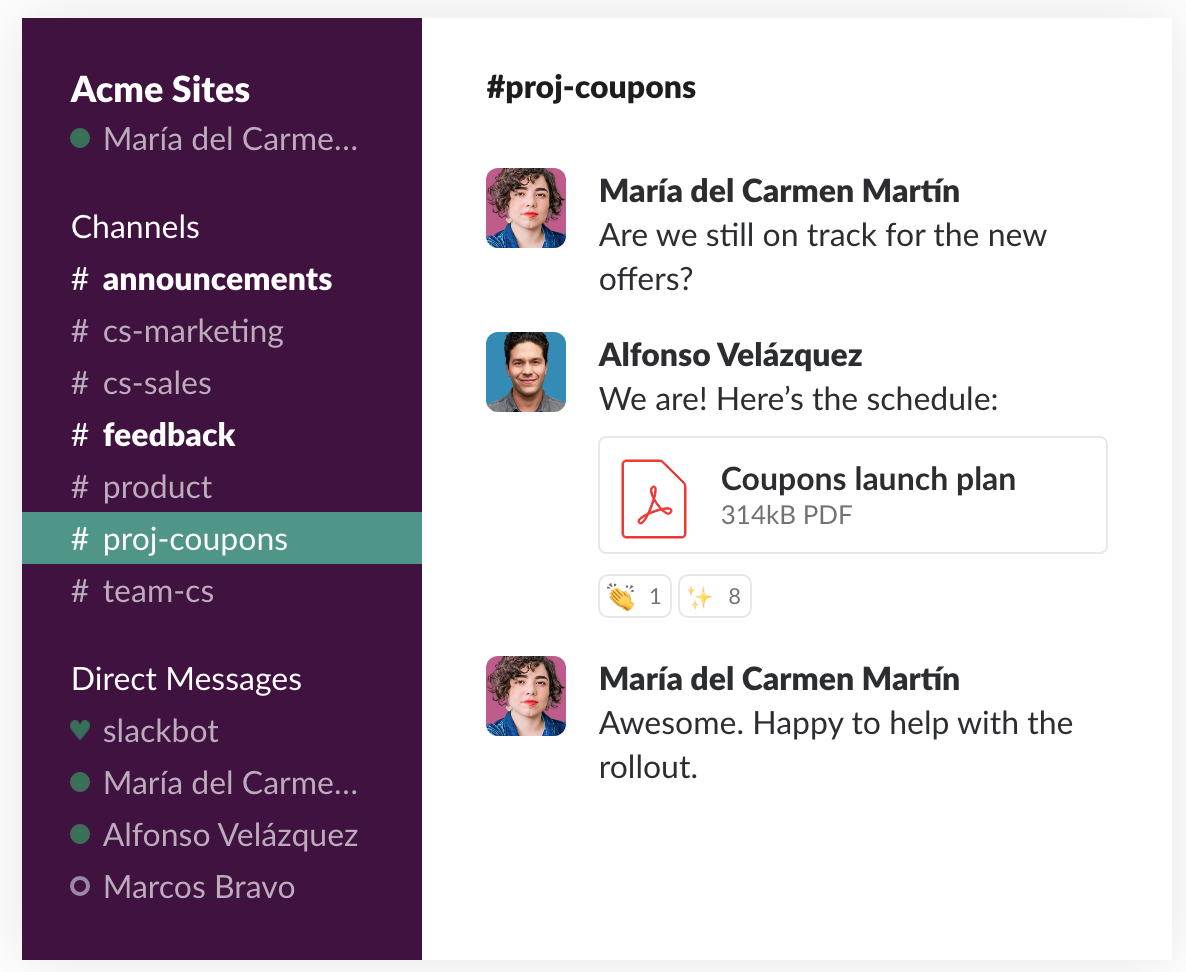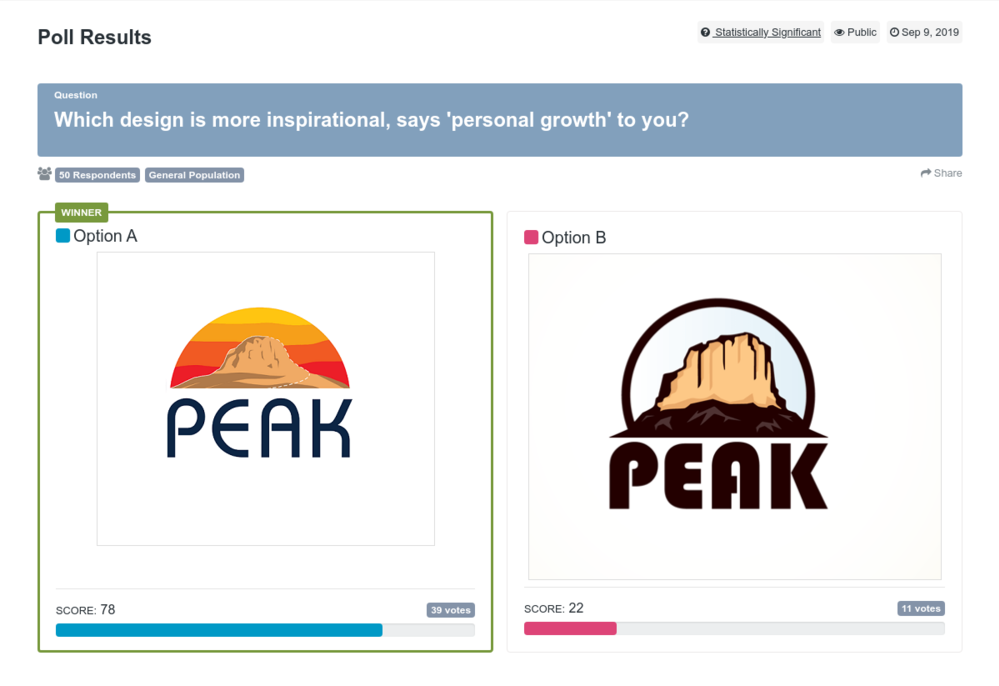5 Ways For Employers To Engage Their Remote Workers And Improve Morale
 Contributed by
Alex Birch
March 6, 2020
Contributed by
Alex Birch
March 6, 2020

Keeping workers engaged is even more difficult when having a remote team instead of on-site employees. Here are a couple of ways to keep your remote workers engaged and motivated.
Having a team of remote workers can bring huge benefits and allows you to unlock a talented workforce outside of the city you are based in. A study showed that a ‘work from anywhere’ model, rather than flexible working options such as working from home a few days a week produced a 4.4% increase in productivity in businesses such as NASA and GitHub.
However, it can come with its downsides. Not being surrounded by a physical team can cause your remote workers to feel isolated and lose enthusiasm. Below are 5 tips for ensuring your remote workers stay ‘plugged in’ to what the business is doing, and stay on top of their game.
1. Get the right tools for the job.
Provide your employees with the right infrastructure in order for them to do their jobs in the most effective way. When it comes to working in a remote team, online tools are everything. Here are some of the best:
Google Drive
A storage tool that allows for shared folders, with easy synced access from all devices. If you use the G Suite, it’s the perfect way to organise your Documents, Slides or Sheets, and this allows for a variety of editing, suggesting and sharing options.

Slack
An instant messaging tool that looks great, and keeps your conversations organised. You can create channels for different groups or have direct messages with colleagues. Better yet, it integrates with a whole host of services you may already be using such as DropBox and Salesforce.
Google Hangouts/Meet
Ideal for video-calling and instant messaging. Of course, it’s fully integrated with G Suite, so you can create meetings directly from your calendar. You don’t even need a Google account to join an existing call, so it’s great to use with clients too.
Trello
One of the most ubiquitous planning tools, Trello allows teams to collaborate on projects by creating shared boards and task lists so you can keep track of progress across your projects. Bonus: it’s free!
Shared calendars
Simple but effective. Whether you are using Google or Outlook, encourage your team to keep their calendars updated and clear, and create a tradition of allowing people to set up meetings with you based on your availability. You reduce the endless emails asking for availability, and you get better visibility of where people are and what they are doing during the day.
This is not an extensive list, there are plenty of remote working tools out there that can help bring your team together and make your collaboration more efficient.
2. Communication is key.
When there’s no watercooler, how do your team catch up? Getting to know each other and having small talk can be a really important facet of your team’s relationships. Allow a couple of minutes at the start of each call to allow for some chatter, especially first thing on a Monday, and encourage people to openly share their personal tastes and experiences (if they want to).
Chat room
Depending on the size of your company, an entire company chat can bring some entertainment and friendly conversation that your remote workers may not otherwise get during the work day. Whether it’s people sharing their recent holiday snaps, a funny joke, or a great article, it’s an easy way to allow for some light-hearted communication during the work day.
Less email, more IM
We’re now used to asking ‘could this meeting have been an email?’, but even better, could it have been a message? Most of us feel we are stuck in our inbox for far too much time, and that’s probably true as a US study revealed we spend a daily average of 4.1 hours spent checking email.
Encourage teams and individuals to make more use of instant messaging tools such as Google Hangouts or Slack to pick up smaller conversations.
Dish out the compliments
It’s important for managers to boost their team with positive reinforcements, but even more so when your team can’t see your reactions and body language.
“Employees who do not feel adequately recognized are twice as likely to say they’ll quit in the next year” Gallop
It can be hard to infer tone or emotions through email or even a phone call, so you should make even more effort to call out good work whether it’s a simple email of recognition, or taking a few minutes of a call to dish out the compliments.
3. Check-in
It’s easy to remember to pull people aside, or go to their desk for a quick catch up when you see them in person. When you are all online, this can fall by the wayside, which is an easy way for your team to feel disconnected and isolated.
Creating some habitual tasks for your team that recreate this feeling of ‘checking-in’ with each other can help.
Schedule recurring meetings
Whether this is a weekly team chat on a Monday morning to outline your goals for the week, or a 10 minute stand-up on a Friday to share successes of the week, this can help to engage your remote workers and remind them of their shared goals.
Monthly company calls are a useful way to provide an overview for people across all teams, whether you are a company of 5 or 105. By sharing what is going on in the business, from challenges to goals and current focusses, you can keep your remote workers just as engaged as your office-based staff.
One-on-one time
Having frequent one-on-one time with your team members shouldn’t be overlooked. It’s a great way to check-in and ensure your remote workers aren’t feeling disengaged, or losing enthusiasm. You can keep the chats casual, or use them to review goals.
Weekly Reports
In a similar way, establishing a routine of creating weekly reports from each team to be shared around the business is a good exercise in evaluating what you’ve done, and sharing it with other teams who may be out of touch with what is going on outside of their job role. This gives remote workers the chance to find out things they may have missed from conversations in the office.
 Image: An example of how to involve your employees by giving feedback on new logo designs
Image: An example of how to involve your employees by giving feedback on new logo designs
Allow for feedback
Do your remote workers employees feel they have permission to feedback on what is going on in the business? Allowing them to feel as though they have impact on the business can go a long way. You can set up online polls or surveys that ask for input or ideas on upcoming projects, or around company culture such as upcoming meet-ups or the structure of your company calls.
4. Team Building
To get the most out of your teams, they need to enjoy working together, and strive towards a shared goal. Creating a company culture that focuses on relationships between its staff is an important factor in achieving effective collaboration.
Online activities
If your remote workers are spread around the globe, you might not be able to bring them together as much as you’d like. There are plenty of group activities that you can orchestrate that only require an internet connection.
Online book clubs are growing in popularity, or for your cinephiles and tv buffs, organise a weekly ‘watch party’ with an app like Kast. If your group is into gaming, you could even set up ‘game nights’ whether it’s Call of Duty on the Xbox or Trivial Pursuit on a video call.
5. Trust goes a long way.
The last and perhaps most important tip is to make your remote workers feel trusted. You might not be able see your staff hard at work like you would in a physical office, but constant checking up and expecting your employees to be chained to their desk will only produce a negative environment.
Psychological studies have proved that the more trusted and valued employees feel, the harder they’ll work and the more likely they’ll be to stick around.
Are you flexible enough?
Flexible working has become a buzzword in HR circles, but impact it has on employee morale cannot be ignored.

In a 2019 Flexible Working Survey 43.04% said ‘Being able to work from home makes me feel valued and trusted by my employer’.
You may think that remote working brings a certain flexibility with it, but it is important to establish flexible working policies for all your employees, not just those in the office.
Make your employees feel valued
It all comes down to this.
- Keep remote workers engaged by investing time and effort into providing them with the best tools for the job, such as collaboration tools.
- Organise occasions to meet up face-to-face in both professional and social environments.
- Give them opportunities to understand what is happening across the business and to provide feedback.
- Make them feel valued and boost morale with praise, and your trust.
—
Are you thinking of transitioning into online work? Or are you already working online? Why not join our Connected Women community where you can connect to other online professionals and.. through our amazing partners, we also offer digital skills training for free. See you!












Sorry, the comment form is closed at this time.